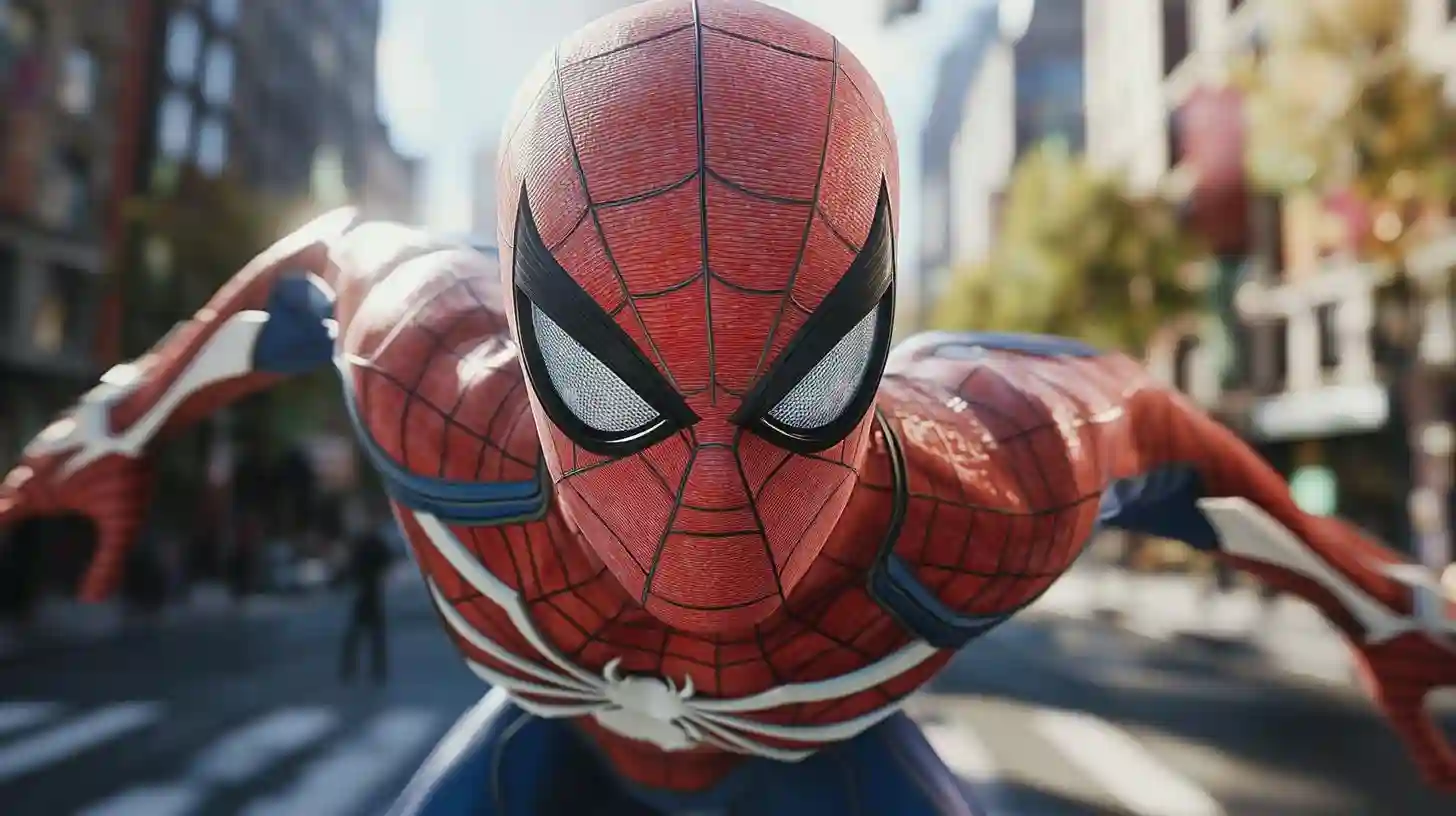
Thoughtvaultzone

Comic books have long been regarded as a unique form of storytelling, transcending simple visuals and text to create an expressive art form that resonates with audiences on multiple levels. Their evolution from simple entertainment to a legitimate medium for complex narratives and artistic expression marks them as significant contributions to modern culture. The intricate interplay of art and narrative within comic books showcases their capacity to address social issues, explore deep emotional themes, and push the boundaries of conventional storytelling.
One of the most compelling artistic merits of comic books is their ability to convey complex ideas through visual storytelling. Unlike traditional prose, which relies solely on text to communicate themes and emotions, comic books leverage both art and words to create a cohesive narrative. The rhythm of a comic book is dictated not only by its text but also by its visual layout, panel design, and color schemes, allowing for a multifaceted experience that engages readers in ways that other forms of literature may not. Artists like Jack Kirby and Frank Miller have redefined the boundaries of visual storytelling, crafting dynamic compositions that draw readers into vividly imagined worlds.
Furthermore, comic books frequently tackle profound social issues, providing a platform for marginalized voices and underrepresented narratives. Works such as “Maus” by Art Spiegelman and “Persepolis” by Marjane Satrapi delve into themes of trauma, identity, and resilience against the backdrop of historical events. These narratives resonate deeply with readers as they navigate their own realities, utilizing the medium's visual language to evoke empathy and provoke critical thought. By addressing topics such as race, gender, mental health, and political strife, comic books can transcend their perceived limitations as mere entertainment, transforming into poignant reflections of societal struggles.
The diversity of styles and genres found within comic books also contributes to their artistic merit. From superhero epics to indie graphic novels, the breadth of storytelling techniques and artistic styles fosters a rich tapestry of creativity. This variety allows creators to experiment with different forms of expression, pushing the envelope while inviting readers from disparate backgrounds to find something that resonates with them. The distinct art styles of artists like Moebius and Alison Bechdel add an additional layer of depth, enhancing the reader's connection to the narrative while showcasing the limitless possibilities of visual expression.
Moreover, the collaborative nature of comic book creation brings together writers, illustrators, inkers, and colorists, creating a unique synergy that amplifies the artistic output. This teamwork allows for a richer narrative, as each contributor brings their expertise and vision to the process. The interaction between text and art fosters a dynamic storytelling experience where words and images coalesce seamlessly, often resulting in a final product that is greater than the sum of its parts. This multifaceted collaboration exemplifies the essence of art as a collective endeavor, expanding the boundaries of creativity and innovation.
Comic books are also becoming more mainstream, gaining recognition not only within the realms of literature and art but also in academia, where they are studied for their narrative structures, artistic methods, and cultural implications. Universities and educational institutions are now offering courses that explore the artistic and literary significance of comic books, highlighting their role as a legitimate form of literature. This scholarly attention helps shift the perception of comic books from light entertainment to a serious medium worthy of critical analysis, showcasing their relevance in today’s artistic landscape.
Additionally, the rise of digital media has fostered new opportunities for comic artists to reach wider audiences. Webcomics and digital publishing platforms have liberated creators from the constraints of traditional publishing, allowing for a more diverse range of narratives and artistic expressions to flourish. This democratization of the medium encourages experimentation and individuality, revitalizing the genre and attracting new talent. The vibrant world of independent comics, in particular, is thriving, with creators exploring unique styles and experimental storytelling techniques that challenge conventional norms.
Comic books continue to flourish as an essential aspect of modern culture, proving their worth as an artistic medium. Their power lies not only in their hallowed traditions but also in their ability to evolve and adapt to the changing landscape of artistic expression. By intertwining visual art with compelling narratives, comic books invite readers to engage with complex themes while appreciating their aesthetic qualities. As they grow in recognition and significance, comic books will undoubtedly inspire new generations of artists and storytellers, ensuring that their impact on modern culture remains profound and enduring.